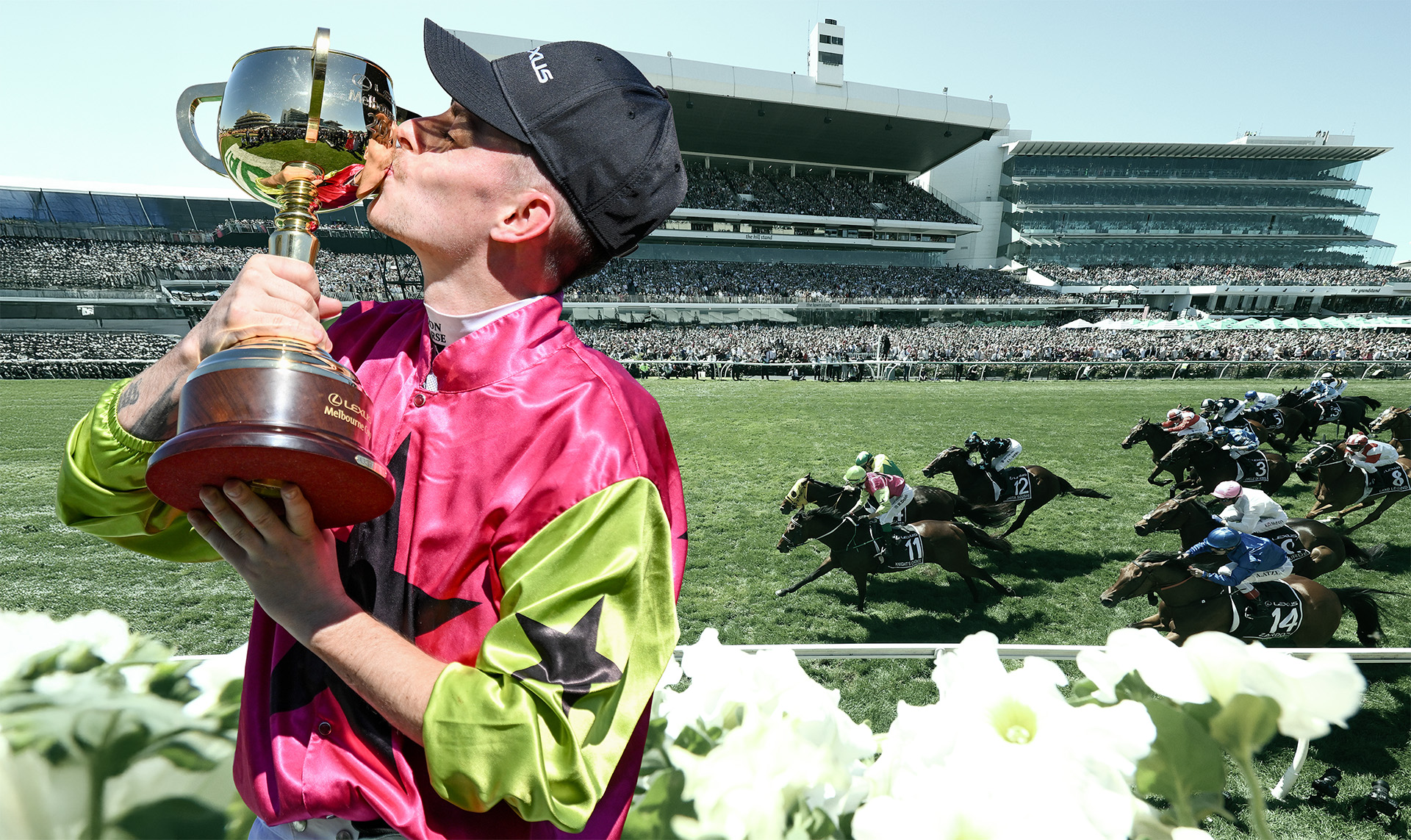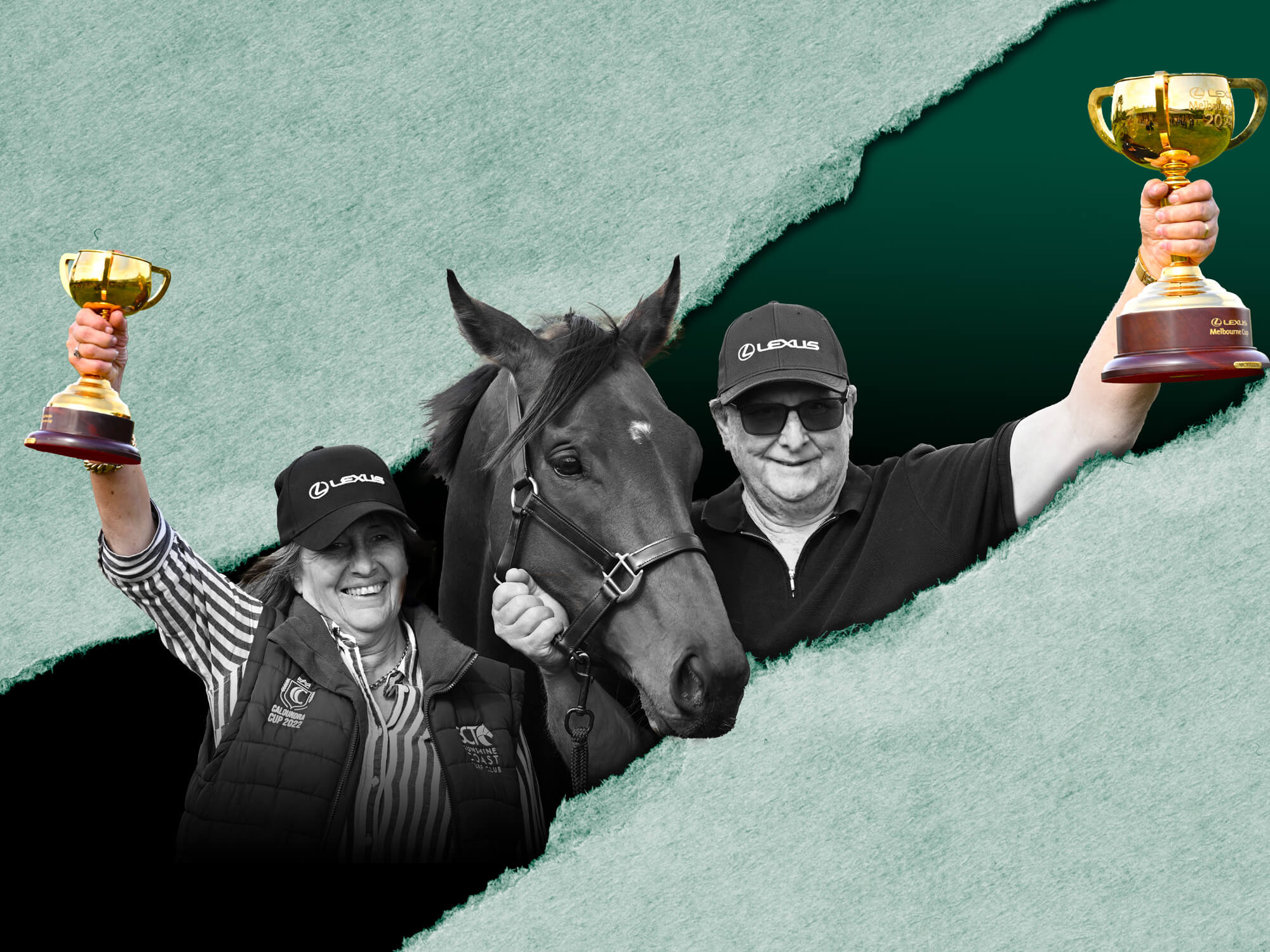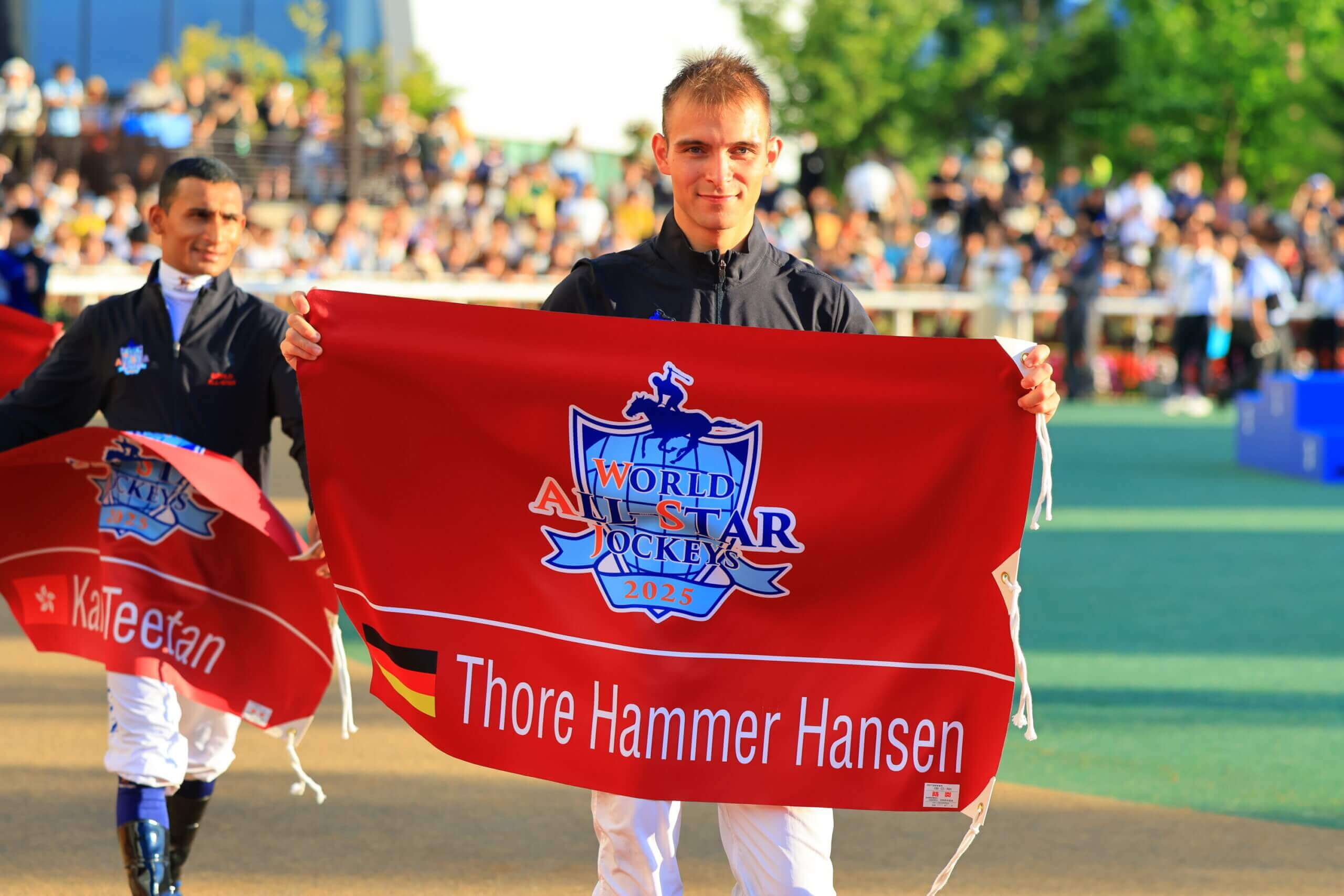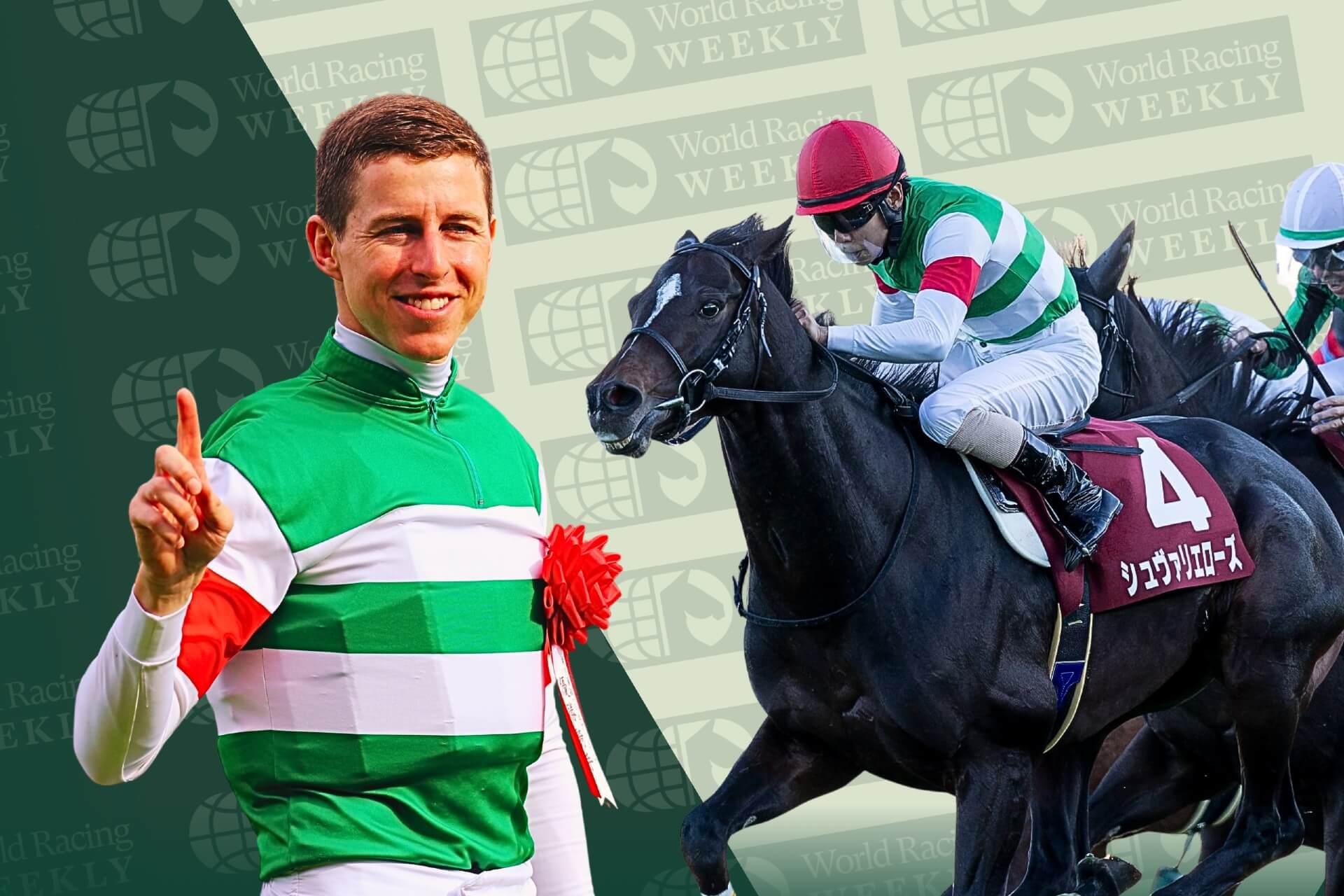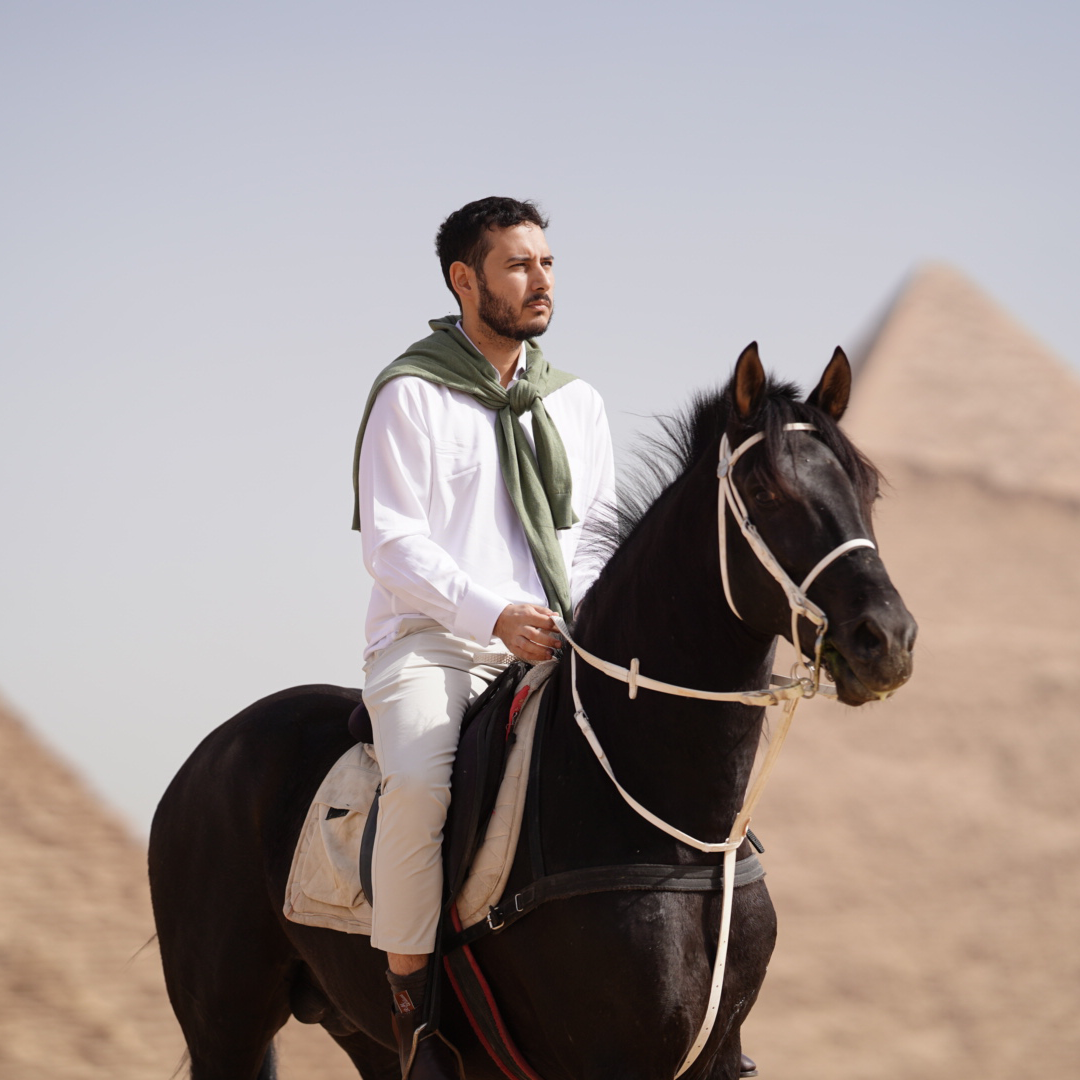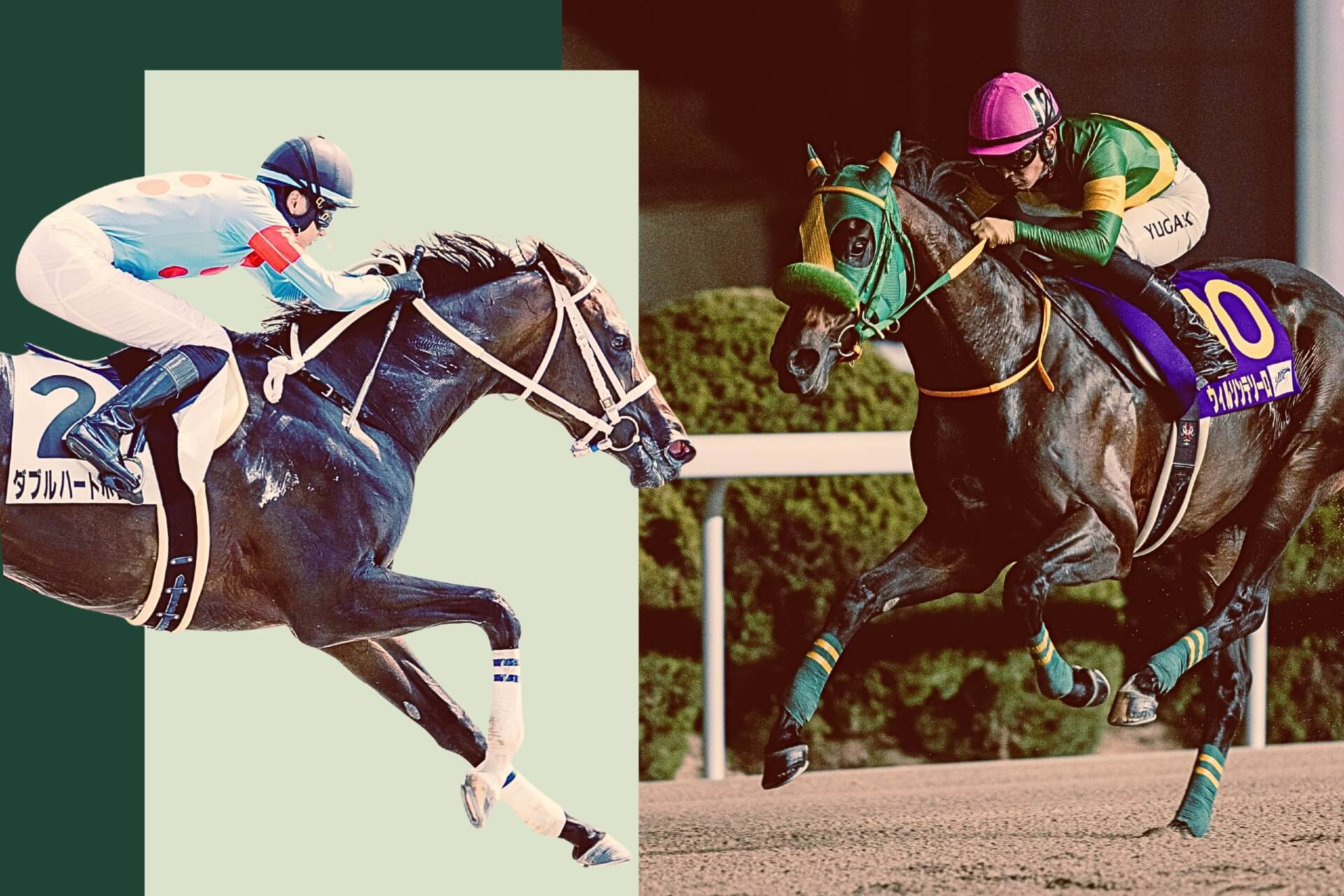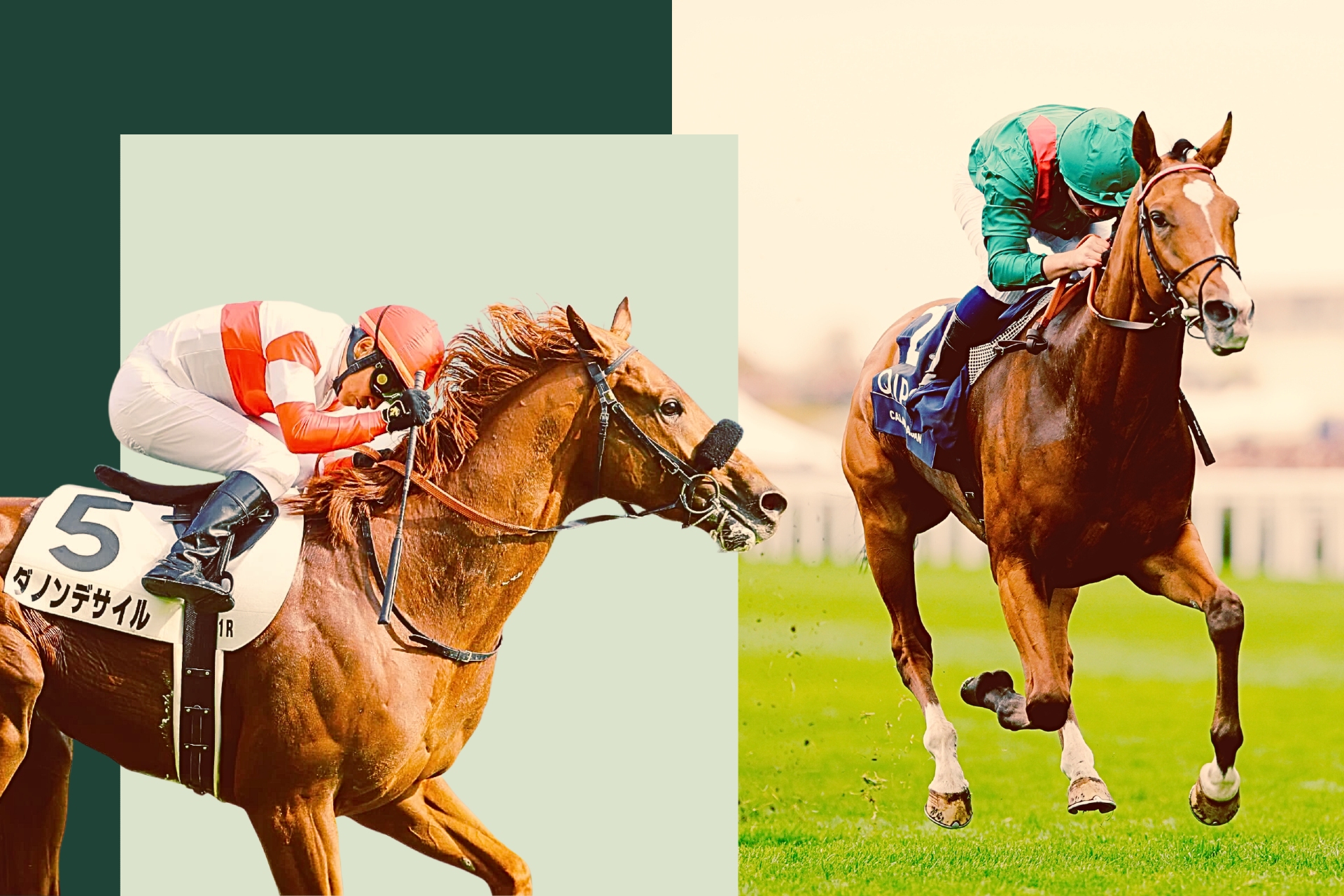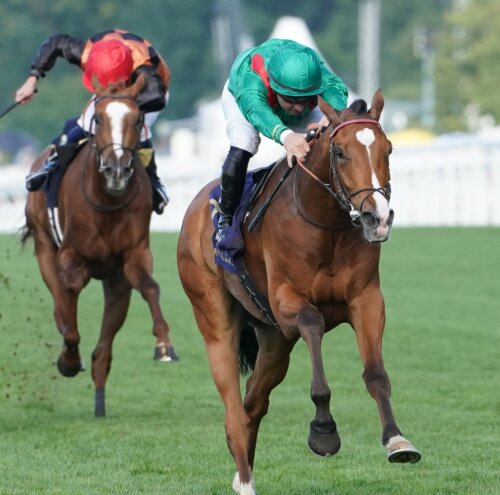Latest News
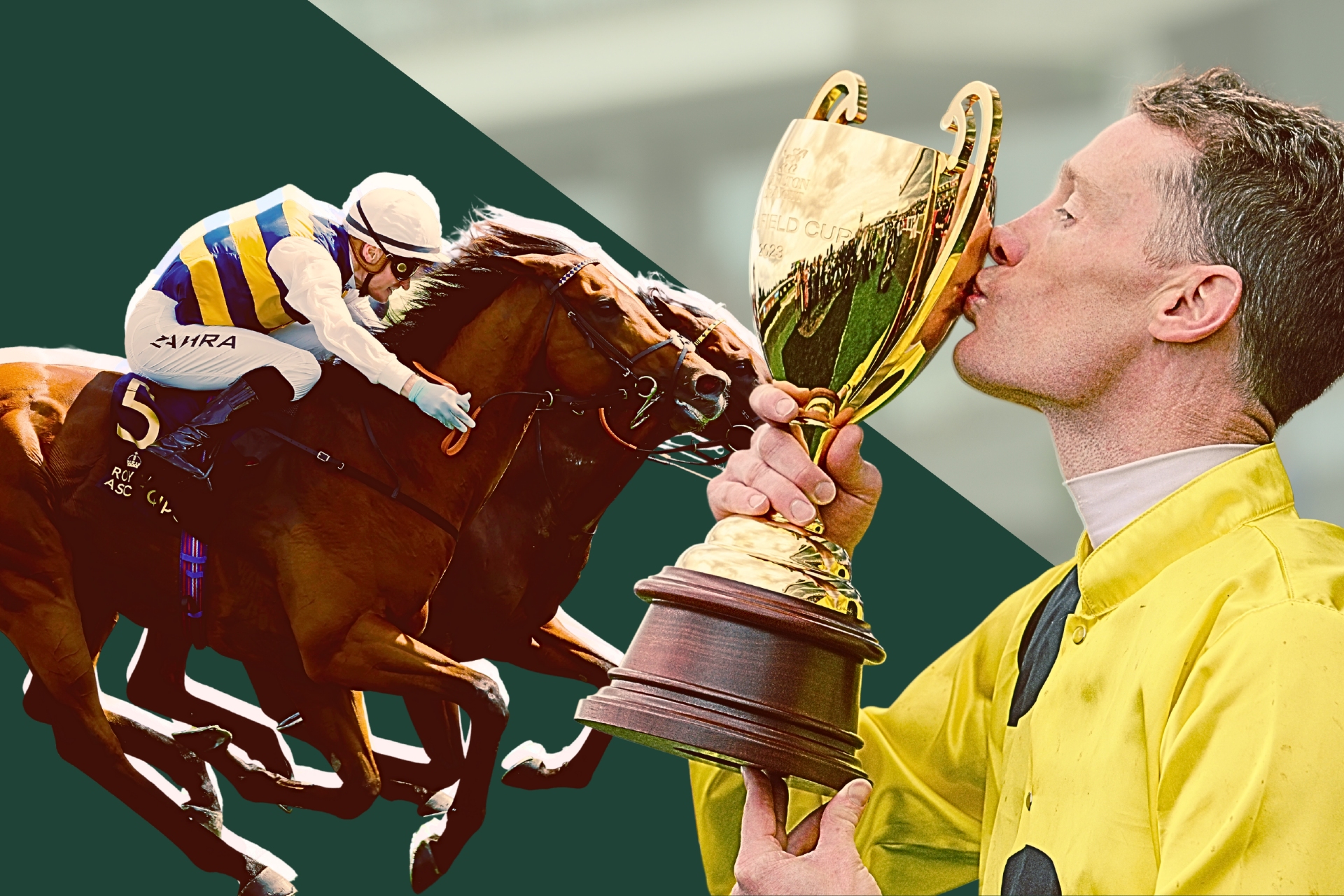
18/11/2025
No Off Season, No Apologies: How Mark Zahra Rewrote The Jockey Playbook
Ibiza summers, Super Bowls, Melbourne Cups: Australian racing's Group 1 assassin keeps riding to his own beat.
Adam Pengilly
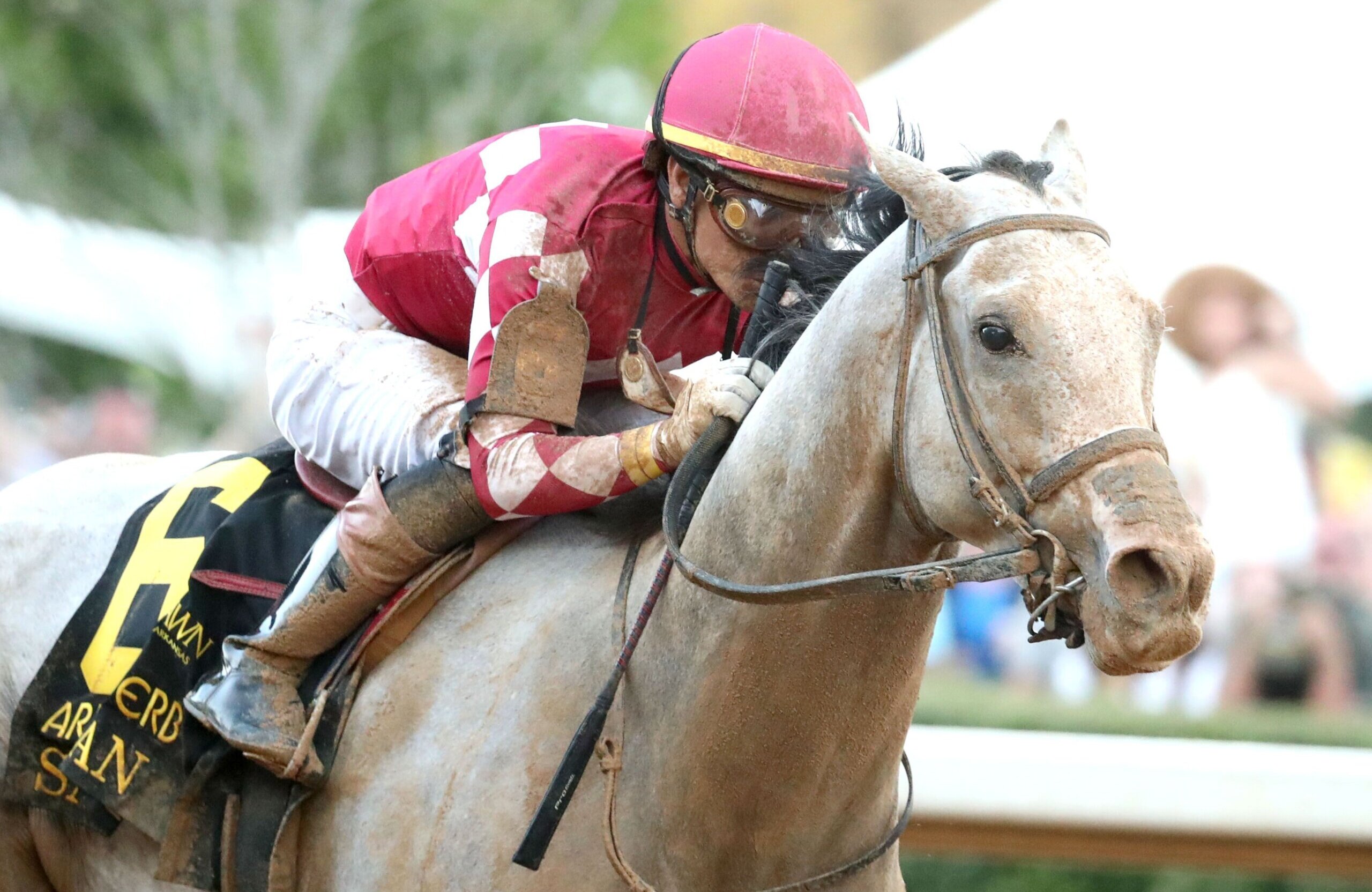
10/11/2025
Griffin Johnson To Umamusume: Why Generation Z And Beyond Offers Opportunity For Horse Racing
Generation Y may be forever known as racing’s lost generation, but there appears to be hope with those in their 20s.
Hawk Eye View
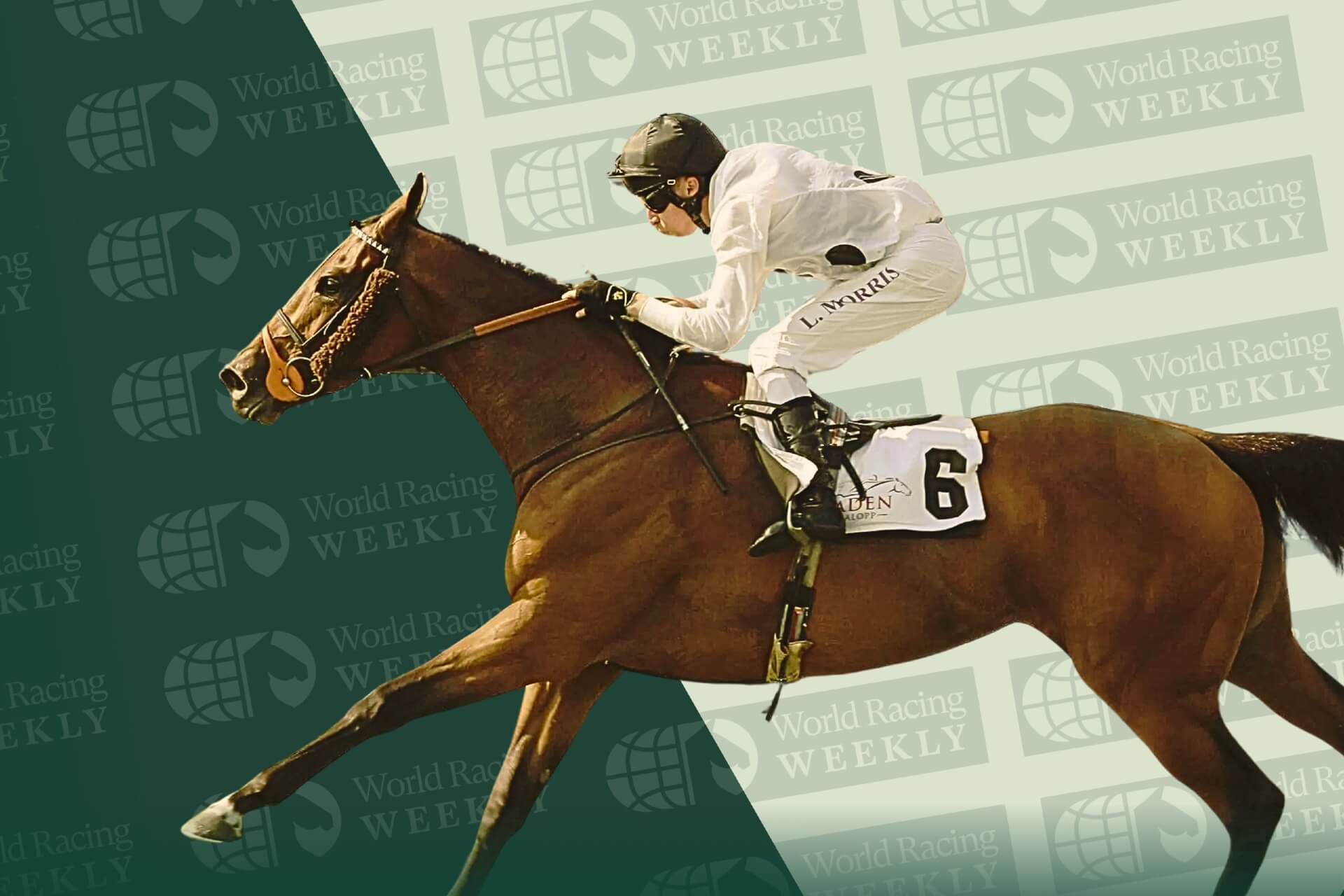
06/11/2025
World Racing Weekly: Grosser Preis Von Bayern Test Is Tiffany’s Last Chance
Elite Racing Club’s Tiffany has one final opportunity to claim a Group 1 victory before being sold but faces a tough test against Hong Kong Vase hero Junko.
David Morgan
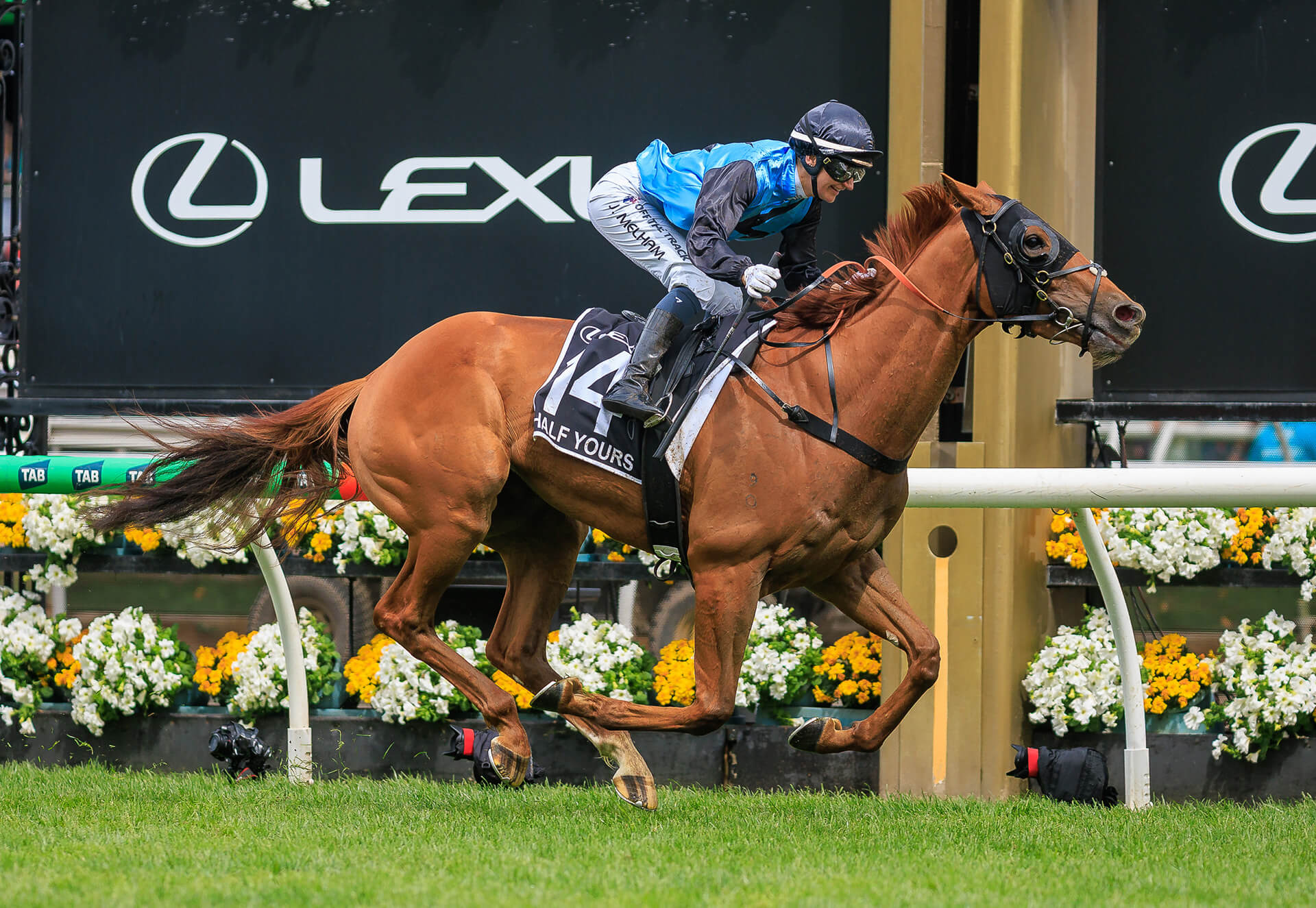
05/11/2025
Half Yours, All-Australian: Has The Racing World Turned Upside Down?
The recent successes of Half Yours, Ka Ying Rising and Forever Young have flipped racing’s old world order, writes Andrew Hawkins.
Hawk Eye View
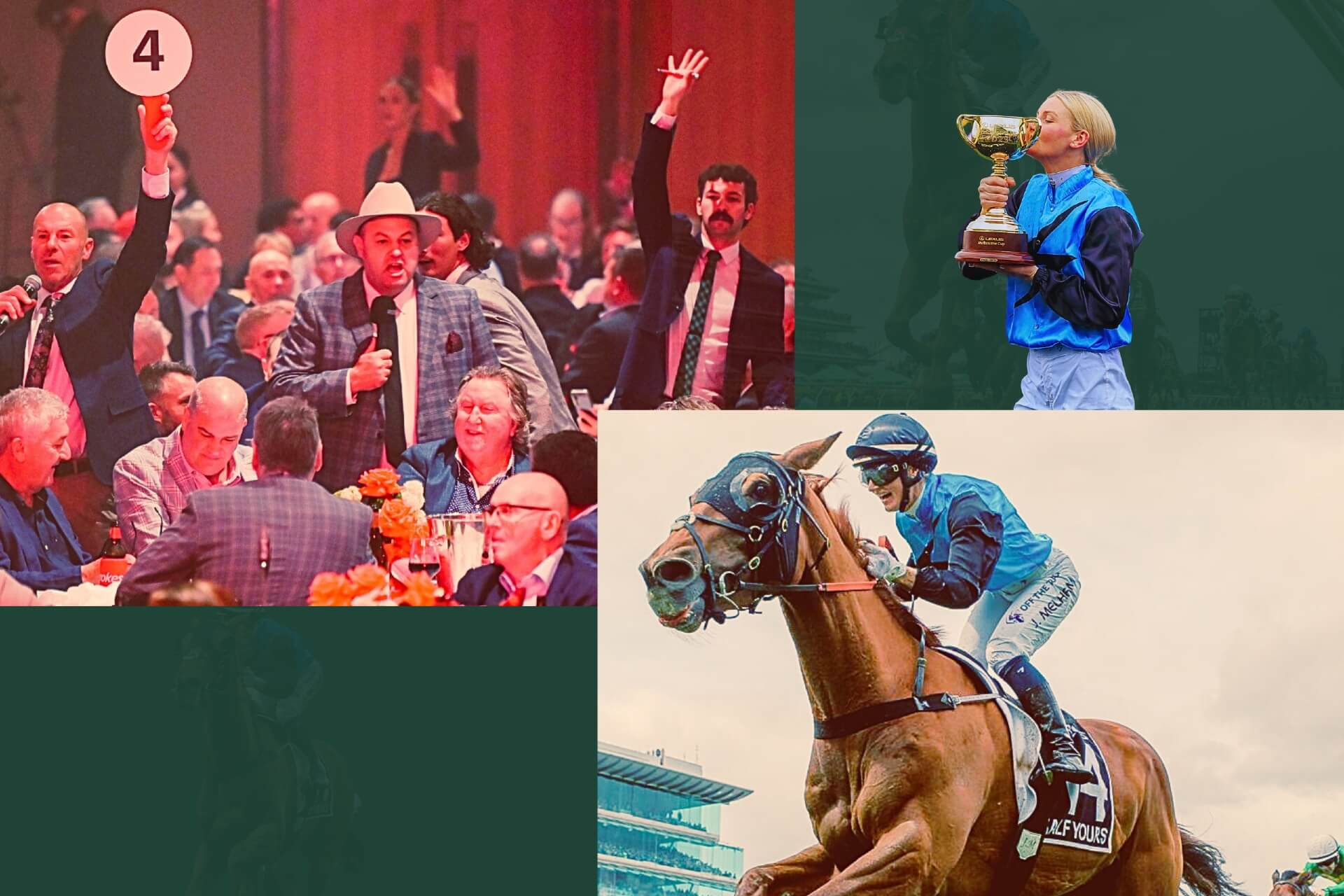
04/11/2025
Bookies Gasped, Frankie Tipped And Jamie Melham Rode Into History: The Story Of The 2025 Melbourne Cup
From a $500,000 plunge to a Ballarat pub fairytale, the 2025 Melbourne Cup had everything: cash bets, chaos and a horse named Half Yours.
Adam Pengilly
It is Australia’s most famous race and one of the most famous races on the planet – the Melbourne Cup.
It is the start of Australia’s hospitality season that runs through until Christmas as many Australians attend office parties and functions. Many will pause at 3pm on November 4 as 24 stayers aim to land one of the world’s great prizes over 3200m at Flemington Racecourse.
It remains Australia’s most famous race, the country’s most watched race and the Australian race that attracts most attention globally, even as challengers like The Everest – worth twice as much – have made inroads in recent years.
This year’s Melbourne Cup will be run for A$10 million (US$6.48 million) for the first time. It is also set to feature the first ever American-trained runner.
Idol Horse‘s Andrew Hawkins is a leading Melbourne Cup expert. His annual preview is now live following the barrier draw. Check out his thoughts below.
Winners of the Melbourne Cup
The Melbourne Cup was first run in 1861, when it was won by the Etienne de Mestre-trained Archer.
The 2025 winner will become the 160th individual horse to land the prize, given the great Makybe Diva (2003, 2004, 2005) won the race on three occasions and Archer (1861, 1862), Peter Pan (1932, 1934), Rain Lover (1968, 1969) and Think Big (1974, 1975) won the race twice.
Last year’s shock winner Knight’s Choice has been ruled out of a defence, meaning a new winner is guaranteed in 2025.
Find all winners of the Melbourne Cup by scrolling across below:
2025 Melbourne Cup Speed Map
This year’s Melbourne Cup looks like being run at a slower tempo than previous years, although Changingoftheguard – who has drawn gate 24 – can potentially go quick early. Other speed influences look to come from Smokin’ Romans and River Of Stars, with most of the pace drawn the middle to the outside.
Here is the likely early speed in the first furlong:
Andrew Hawkins’ 2025 Melbourne Cup Preview
The 2025 Melbourne Cup – to be run at 3pm (ADST) on Tuesday, November 4 – looms as a fascinating contest as always. It is a race where there are a few clear chances at the head of the market but there are a number of horses capable of running into the placings at odds.
The big question is the forecast for rain. It is looking less ominous now than it was earlier in the week but there is still significant rain forecast for Monday. However, if it doesn’t rain during the meeting on Tuesday, the Flemington track should dry out nicely.
Here is your look at the 24 horses for this year’s Melbourne Cup. All assessments have been done with a Soft (6) track in mind.
Andrew Hawkins’ 2025 Melbourne Cup Summary
This year’s Melbourne Cup is really going to come down to how much rain arrives. It doesn’t look as bad now as it did a few days ago, when it looked as though it might be torrential, but there should still be a decent amount of rain before the meeting. If it gets time to dry out, though, it may not even be that rain-affected.
So the “greys in the wet” adage may not apply but, either way, it was going to be a pair of greys on top for me. It was just a matter of which one would be on top. In the end, PRESAGE NOCTURNE is more adaptable ground-wise than VALIANT KING but both are strong chances and the quinella may be the play.
Presage Nocturne produced a terrific Cup trial in the Caulfield Cup, making ground late after being held up on the circle, and he’s more of a staying type. He possesses similar formlines to Americain and Dunaden before they won for France and any rain will be a plus for him.
Valiant King is absolutely flying with the blinkers on – he’s a different horse completely. He proved his Bart Cummings win was no fluke in the Caulfield Cup and I expect him to run up to that level again. Whether he’s a legitimate two-miler remains to be seen but on form he is right in this.
RIVER OF STARS has had the perfect grounding for the Melbourne Cup and will be somewhere around the mark, while AL RIFFA and BUCKAROO are the class horses but both have the weight of history against them. ROYAL SUPREMACY next best from ARAPAHO.
2025 Melbourne Cup Tips
| ANDREW HAWKINS |
| #6 PRESAGE NOCTURNE |
| #24 VALIANT KING |
| #21 RIVER OF STARS |
| #1 AL RIFFA |
Melbourne Cup Statistics
The Spring Racing Carnival always draws in “once-a-year punters” – the casual fans who pick horses based on lucky numbers, favourite colours or names that spark a personal connection.
That element adds a layer of unpredictability and charm to the day’s wagering dynamic, but there is still some serious analysis that can be gleaned from these statistics.
Here are some stats that could appeal both to the serious horseplayer and casual ‘Cups’ fan.
Here is how often each colour has appeared in the winning silks since 1861:
Barriers were first recorded in 1920 and were officially balloted in 1924 ahead of raceday. Starting stalls were introduced in 1958.
Here are the winning stall numbers since 1920:
As a handicap, the key is often to find the lightly weighted horse at the right time.
The below chart, though, shows that there is little correlation between weight and odds for winners.
Here is the historic representation of ages and sexes among Melbourne Cup winners.
While internationally bred winners are far more frequent these days, New South Wales alone has still produced the most winners of any state, territory or foreign country on 49. New Zealand is not far behind on 44.
Melbourne Cup Milestones
This year marks a number of significant Melbourne Cup milestones.
It is a decade (2015) since Michelle Payne became the first female jockey ever to win the Melbourne Cup on Prince Of Penzance. She remains the only woman to ride a Melbourne Cup winner.
Twenty years ago (2005), Makybe Diva became the first and only horse to win the Melbourne Cup for the third time.
Forty years ago (1985), the Melbourne Cup was sponsored for the first time (by Foster’s) and it became the first ever million-dollar race run in Australia.
Fifty years ago (1975), Think Big became the most recent male horse to win the race twice.
Sixty years ago (1965), Bart Cummings won the first of 12 Melbourne Cups with Light Fingers. He also prepared runner-up Ziema.
Seventy years ago (1955), Rising Fast was denied in his bid to win the race for the second year in a row. In 1954, he became the only horse to win the Caulfield Cup, Cox Plate and Melbourne Cup treble in the same year. He won the Caulfield Cup again in 1955 but was a controversial second to Toparoa in the Melbourne Cup.
Three-quarters of a century ago (1950), the Cummings family won its first Melbourne Cup with Comic Court. Trained by Jim Cummings, Comic Court was strapped by Jim’s son – and future 12-time Melbourne Cup-winning trainer – Bart.
Eighty years ago (1945), the Melbourne Cup returned to the first Tuesday in November after three years as a Saturday race during World War II. It has been run on the first Tuesday in November ever since.
It is 110 years (1915) since Edith Widdis became the first woman to own a Melbourne Cup winner when Patrobas took the prize.
Stay tuned to Idol Horse for the latest Melbourne Cup news. ∎

